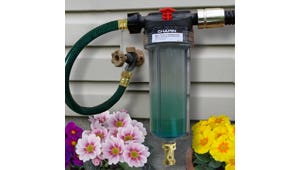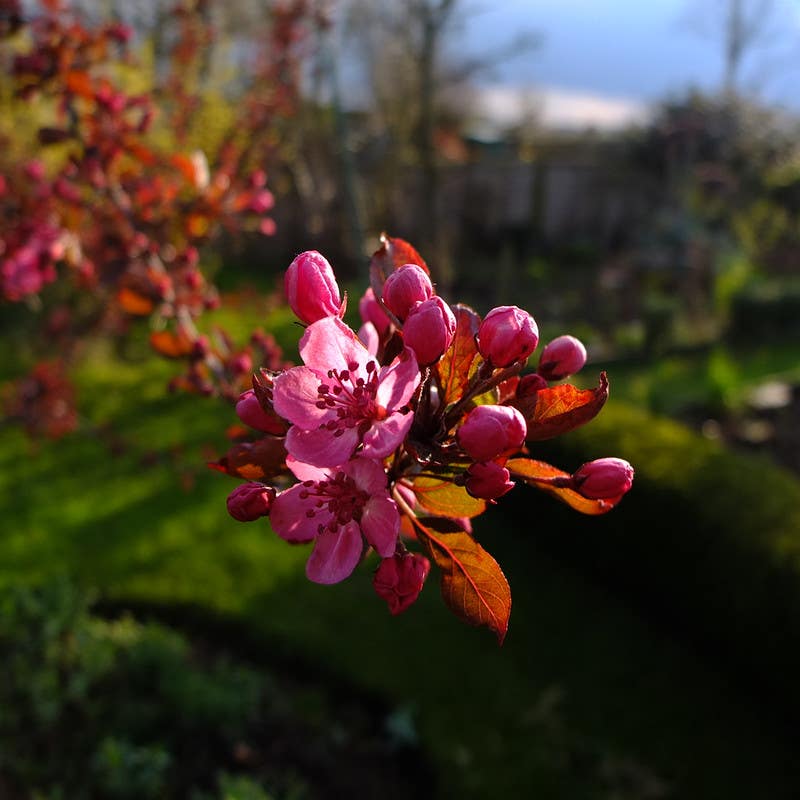Red Yucca
Virtues: Its long, narrow leaves, held in a thick clump, serve as a fine-textured element in the landscape. Though it has a spiky look, its leaves are flexible and arching,…
Virtues: Its long, narrow leaves, held in a thick clump, serve as a fine-textured element in the landscape. Though it has a spiky look, its leaves are flexible and arching, not rigid, so they move in the breeze. They also do not possess a sharp tip as found on agaves' and true yuccas' leaves. Long bloom period, with flowers that attract hummingbirds and pollinators. Extremely drought tolerant, but with a surprisingly large hardiness range.
Common name: Red yucca (though not truly a yucca)
Botanical name:Hesperaloe parviflora
Foliage: Grassy, long, narrow leaves with curled threads along the margins. Arching and flexible.
Flowers: Bell-like red, pink or yellow flowers appear on tall stalks that can rise to 8 feet above the plant's base. Blooms early summer through fall. Flowers' shape and position attract hummingbirds.
Habit: Evergreen succulent shrub, 2 to 4 feet tall and as wide.
Season: Summer for flowers. Year-round for foliage.
Origin: Southwestern Texas and northern Mexico.
Cultivation: Grow in full sun. Adapts to a range of soils but requires good drainage. Highly drought and heat tolerant. USDA Zones 5–10. (Make sure to plant it in spring in cold areas so it has the maximum time to get established before the winter.)







